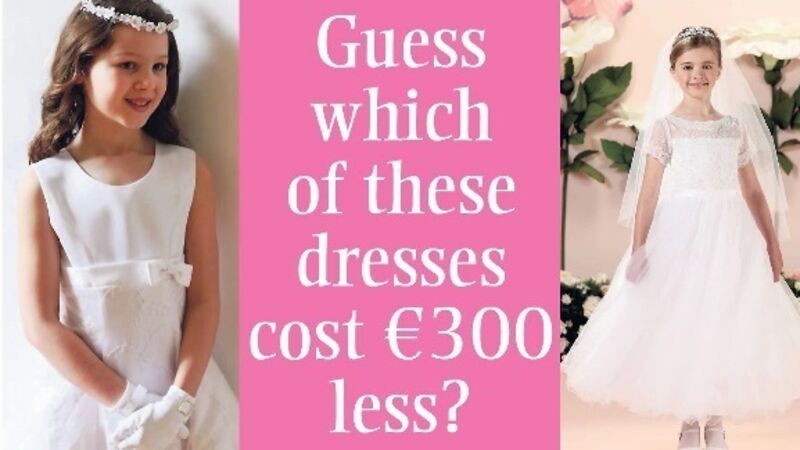Guess which of these Communion dresses cost €300 less?

IF one of the excesses of the Celtic Tiger was the the transformation of First Holy Communion into a bling fest of Kardashian proportions, subtlety has crept back in the past five years.
Everyone wants their child to feel special, but must that mean a bank overdraft for the following three months, given that many parents are not even regular mass attendees?











